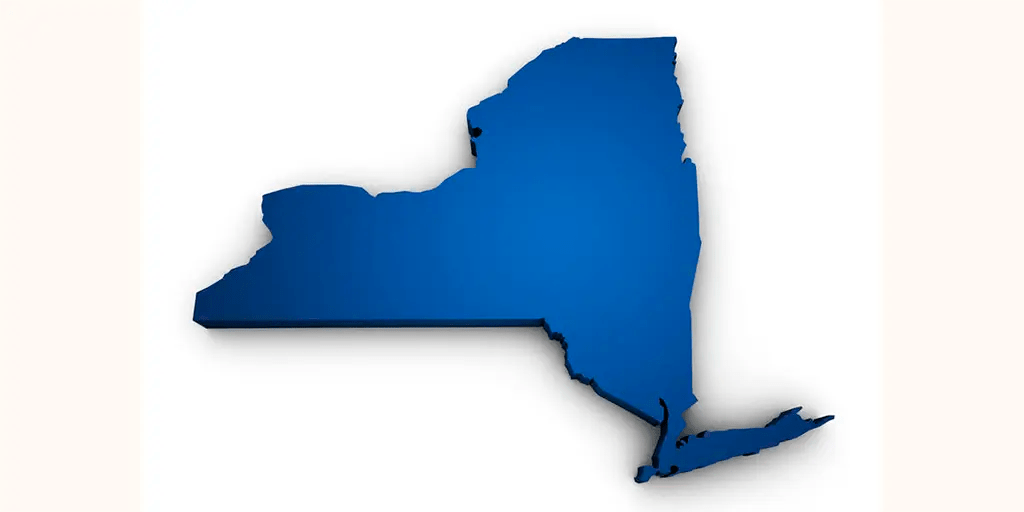
A powerful geomagnetic storm is on the horizon, promising to transform the night sky with the breathtaking display of the northern lights. This spectacular phenomenon, typically confined to polar regions, could stretch much farther south than usual, reaching as far as Illinois, Oregon, and possibly beyond. Recent days have seen intense solar activity, with the Sun unleashing multiple coronal mass ejections (CMEs) and a significant X-class solar flare. These massive bursts of energy and plasma have created the perfect conditions for a vivid auroral display. If forecasts are accurate, the next two nights could offer a stunning opportunity for millions across North America to witness this dazzling interplay of light and cosmic forces, painting the skies in vibrant hues rarely seen at these latitudes.
Why This Geomagnetic Storm Is Extraordinary
The driving force behind this event is a series of recent CMEs, massive expulsions of plasma and magnetic fields from the Sun’s corona. These solar eruptions have been particularly energetic in recent days, with one powerful X-class flare contributing to the geomagnetic storm. When these CMEs reach Earth’s magnetosphere, they unleash charged particles that collide with the atmosphere, creating the vivid, colorful lights we know as auroras.
This activity marks a dramatic uptick in solar intensity, with astrophysicist Ryan French describing it as a unique opportunity:
“The Sun has really stepped up over the past few days, with frequent solar flares including a strong X-class event! A selection of these flares produced Earth-directed eruptions, expected to trigger a strong geomagnetic storm (bringing aurora) on the 31st!”
Such strong geomagnetic storms, classified as G3 by NOAA, are capable of expanding auroral activity far beyond its usual range, making this an exceptional event for those outside traditional viewing zones.
When and Where to Look for the Northern Lights
According to forecasts, the storm’s peak activity will occur during two distinct timeframes:
- 10 p.m. EST on Dec. 30 to 10 a.m. EST on Dec. 31
- 4:00 p.m. EST to 10:00 p.m. EST on Dec. 31
During these periods, auroras could be visible as far south as Illinois, Oregon, and possibly even lower latitudes. While space weather remains difficult to predict with absolute precision, conditions suggest a strong possibility of spectacular displays.
NOAA’s G3 warning indicates significant geomagnetic activity, with auroras potentially appearing vibrant and expansive. To maximize your chances, seek out dark, clear skies, as light pollution and cloud cover can obscure the show.
How to Prepare for an Unforgettable Night
To make the most of this rare opportunity, consider these tips for an optimal viewing experience:
- Choose the right location: Dark, rural areas away from city lights offer the best visibility.
- Check the weather: Clear skies are essential for spotting the auroras, so monitor local forecasts closely.
- Download aurora-tracking apps: Tools like “My Aurora Forecast & Alerts” or “Space Weather Live” provide real-time updates tailored to your location.
- Be patient and dress warmly: Depending on your location, the lights may take time to appear, so stay prepared for the elements.
The Significance of This Event
Geomagnetic storms of this magnitude are not only visually stunning but also a reminder of the Sun’s influence on Earth. The interplay between solar wind and our planet’s magnetic field creates a phenomenon that has captivated humanity for millennia. For many, witnessing the auroras is a once-in-a-lifetime experience, and this storm offers a rare chance to see them far beyond their usual polar confines.
As we approach the New Year, this cosmic display serves as a celebration of the wonders of the universe. Whether you’re an avid stargazer or simply curious about the natural world, this geomagnetic storm offers an unmissable opportunity to connect with the sky above.
Got a reaction? Share your thoughts in the comments
Enjoyed this article? Subscribe to our free newsletter for engaging stories, exclusive content, and the latest news.










Leave a Comment